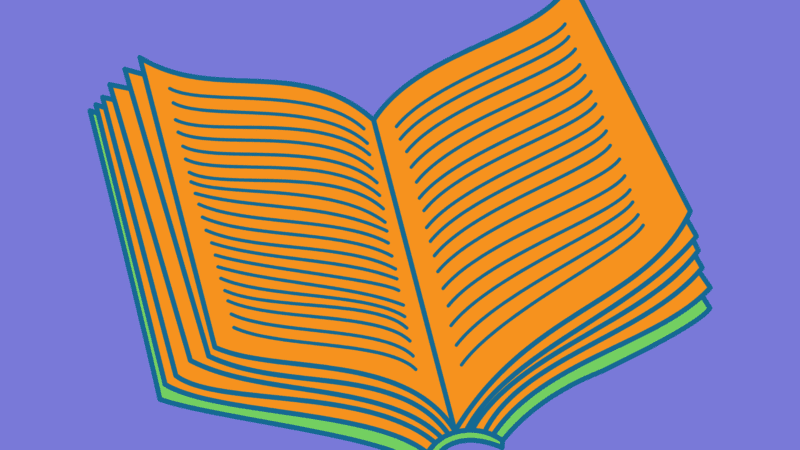In the weeks before the November 2020 election, adult basic education and English language learners around Chicago — with their tutors — started having conversations about voting.
Some of these adult learners were refugees or immigrants who, though eligible to vote, had generally stayed away from the polls — due to language barriers or other reasons.
Others simply weren’t interested in voting or felt it didn’t matter if they voted or not.
But when tutors and adult learners started having deeper conversations about voting, they began to see a change.
Tutors using the “Why Vote?” Tool
“It’s not just about voting, it’s about making a decision and having the power to control who runs our country,” said Keighty Ward, community literacy program director at Literacy Works.
Literacy Works provides support, training, and professional development to more than 40 adult education organizations in Chicago and throughout Illinois, advancing adult basic education and English language learning. Through this network of member organizations, in 2020 Literacy Works trained nearly 700 tutors and reached an estimated 10,000 individuals pursuing adult education. In 2021 the organization has expanded its footprint and is on track to reach even more people, according to Ward.
The tool asks ‘why’ and really builds a sense of confidence, responsibility, and collaboration among adult learners
It was through this network that Ward introduced member organizations to the Right Question Institute’s “Why Vote?” Tool, and some of the organizations shared the tool with their tutors.
The “Why Vote?” Tool is a resource for engaging new voters. It’s a way for people to think about the connections between services they receive and decisions made by elected officials. It provides space for asking questions about voting, and it allows people to name for themselves the value of voting.
‘The why should I? aspect’ of voting
“The voting tool really breaks down the concepts of voting and humanizes the process,” Ward said. It emphasizes “the importance of learner inquiry and decision making, as opposed to other get-out-the-vote efforts that focus on the importance of voting but miss the ‘why should I?’ aspect.”
According to Ward, tutors used the tool, mostly, to plan lessons for their sessions with students.
The “Why Vote?” Tool lets people think about big issues on their own terms instead of being told what to do.
One tutor said the tool “helped start a conversation about voting that put the learner in the center,” Ward said, relaying the tutor’s feedback.
This tutor worked with a “very new” English language learner, but “even with a limited vocabulary, they were able to have this conversation.” This particular learner, with help from their son, ultimately cast a mail-in ballot.
Another tutor shared the “Why Vote?” Tool with “a learner who was not interested in voting at all,” Ward said. But the learner “kept coming back to the ‘Why Vote?’ Tool and asking questions, which allowed for more conversation than they could have before.”
According to Ward, another tutor said this about the tool: “This idea of questions and conversations lets [adult learners] think about big issues on their own terms instead of being told what to do.”
“Before the election I loved this tool, but now I love it even more,” Ward said, adding that record voter turnout in the 2020 election allowed adult learners “to see their work in action.”
“The tool asks ‘why’ and really builds a sense of confidence, responsibility, and collaboration among adult learners,” Ward said. “Especially for refugees and immigrants who are often told what to do by authorities. This tool supports them to make their own decisions and teaches them that their decisions are important and valid.”
